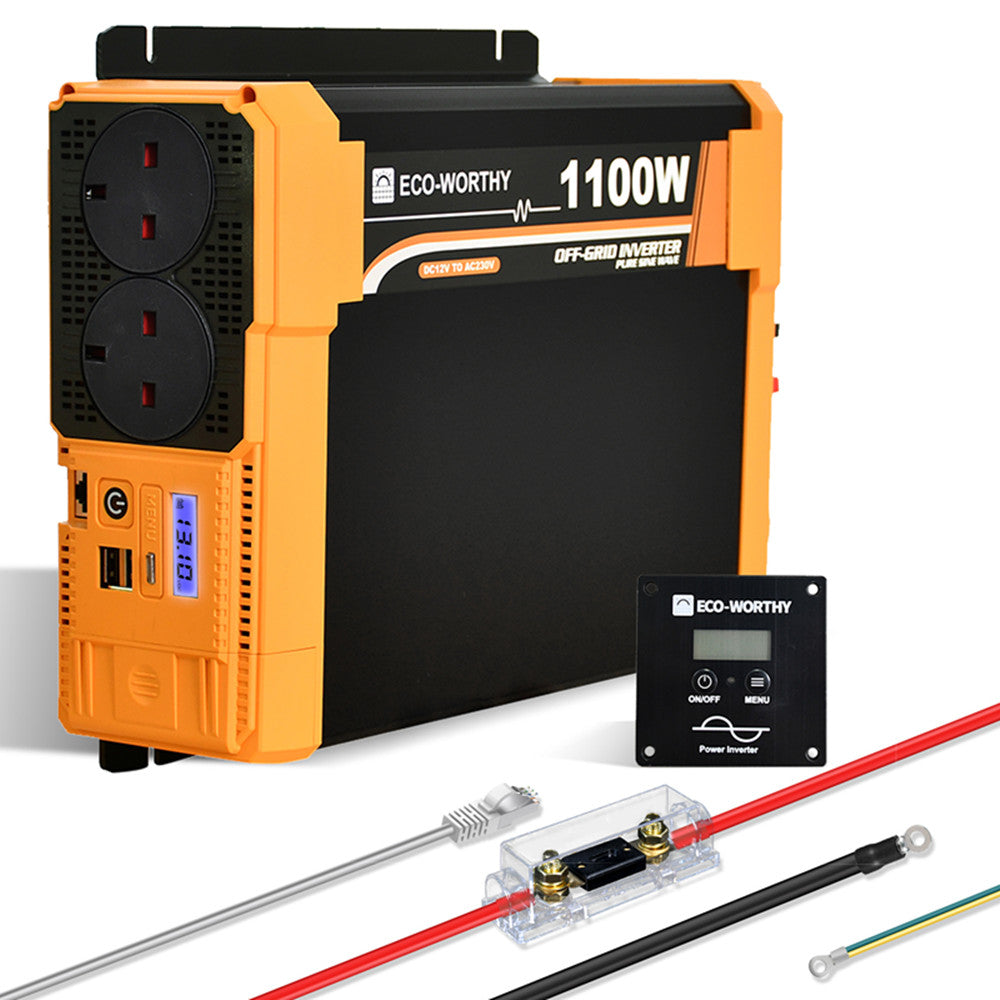In recent years, the demand for renewable energy solutions has surged, leading to significant advancements in solar inverters. These devices play a crucial role in converting the direct current (DC) generated by solar panels into alternating current (AC), which is essential for household and commercial use. Understanding the evolution of solar inverters is vital for anyone considering solar energy as a viable option.

Understanding Traditional Solar Inverters
Traditional solar inverters, often referred to as string inverters, have been the backbone of solar energy systems for decades. They are typically installed on the wall of a building and connect multiple solar panels in a series. This configuration allows for efficient energy conversion but comes with certain limitations.
- Efficiency: Traditional inverters can experience efficiency losses, particularly when one panel is shaded or underperforming.
- Monitoring: Monitoring energy production is often limited, making it challenging to identify issues quickly.
- Installation: The installation process can be straightforward, but it may require additional components for optimal performance.
The Rise of Microinverters
As technology progressed, the introduction of microinverters marked a significant shift in the solar inverter landscape. Unlike traditional inverters, microinverters are installed on each solar panel, allowing for independent operation. This innovation has several advantages:
- Enhanced Performance: Microinverters optimise the output of each panel, reducing the impact of shading or panel mismatch.
- Improved Monitoring: They provide detailed monitoring capabilities, enabling users to track the performance of individual panels.
- Scalability: Microinverters allow for easy system expansion, making them ideal for future upgrades.
Smart Solar Inverters: The Future of Energy Management
Today, the evolution of solar inverters continues with the emergence of smart inverters. These advanced devices integrate with home energy management systems, offering features that enhance both efficiency and user experience. What makes smart inverters stand out?
- Grid Interaction: Smart inverters can communicate with the grid, enabling better energy distribution and management.
- Real-time Data: They provide real-time data on energy production and consumption, allowing users to make informed decisions.
- Integration with Battery Storage: Smart inverters facilitate seamless integration with battery storage systems, maximising energy usage.
Choosing the Right Solar Inverter
When selecting a solar inverter, it is essential to consider various factors, including system size, budget, and specific energy needs. Whether opting for traditional, micro, or smart inverters, each type has its unique benefits. For those interested in exploring a range of options, visit  to discover high-quality solar inverters tailored to your requirements.
to discover high-quality solar inverters tailored to your requirements.
In conclusion, the evolution of solar inverters from traditional to smart technology reflects the ongoing advancements in renewable energy. As we move towards a more sustainable future, understanding these developments will empower consumers to make informed choices about their energy systems.








